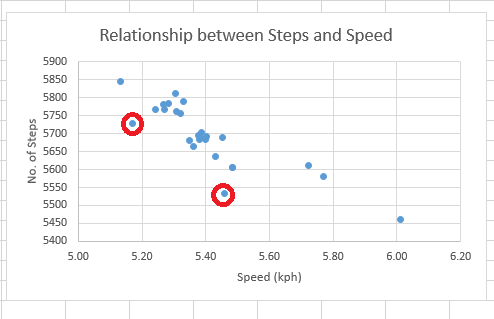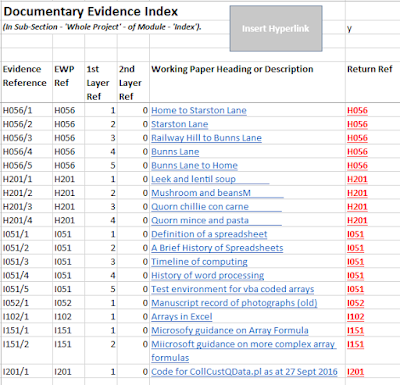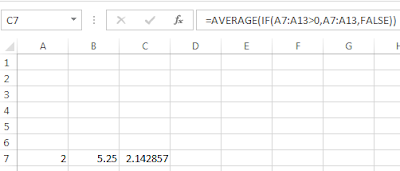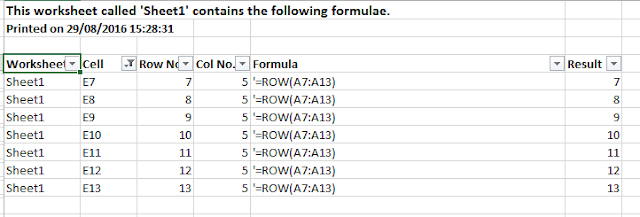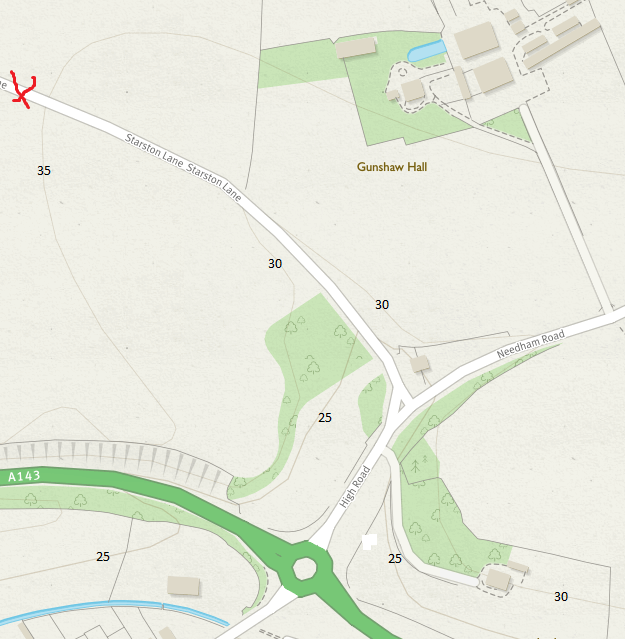Following on from bringing my grandchildren to their firstlive concert, I began to wonder what the impact of my own early musical
experiences had been.
Clearly my father’s piano playing and the church played an
important part (see Getting into Music). The question here is “to what extent
have I guided my own musical taste?” as opposed to having it preordained by
early experiences.
My teenage years coincided with the ‘Swinging 60's’. The
Beatles, The Rolling Stones and the Kinks permeated my young mind. Some of
those influences were surprisingly sophisticated, but by the middle of the 70's
I had lost all interest in popular music.
An opposing influence were the long playing records that Cla
brought home from the Hendon Record Library. The emphasis was on song, mainly
Schubert, but there were other important highlights (e.g. Haydn’s arrangement
of “My Mother Bids me Bind my Hair” and Benjamin Britten’s folksong
arrangements). Kathleen Ferrier and Irmgard Seefried figured large in this
melee.
The records also had an impact on the piano music that Cla
bought. These included both Schubert’s song cycles “Die schöne
Müllerin” and “Winterreise” as well as the group known as Schwanengesang. There
was also a large volume of Schubert’s more popular songs. These represented a
wide source of exploration for me looking at the piano accompaniments. (There
was a universal hatred of me attempting to sing along with myself.)
My tastes in instrumental music were also influenced heavily
by Cla’s acquisitions from the Library. Once again, these were dominated by
Schubert the piano sonatas, pieces for 4 hands, the myriad of impromtus and
moments musicaux, the ‘Trout’ quintet
(including a wonderful cover cartoon of the string players fishing from a grand
piano), the two piano trios Op 99 & 100 and the extra ordinary string
quintet (Stern, Schneider, Katims, Casals, Tortelier). The emphasis on chamber
music was certainly led by Cla, but I was also introduced to the “Great” C
major symphony and the incidental music to Rosamunde.
 |
| Hoffnung's Trout Quintet Cartoon |
This was quite a narrow fare of influence. It needed some
external factors to encourage the expansion of my musical taste.
Two things happened at almost the same time. I began to
learn the violin and I joined the Hendon County school choir under the
direction of Charles Western. To the casual observer, Charles was a mild
mannered man who presented a weak persona together with his sloping shoulders.
Much fun was made of him, but he had true intellectual integrity in the way he
presented choral music.
Naturally, the choir worked on the major choral works in
English – Messiah, the Creation (Haydn). On the lighter side, he schooled us in Gilbert
and Sullivan (I certainly remember Iolanthe, but I suspect there were others
lost in the mists of my memory). His passion, however, was for the English
madrigals. These were both great fun and contain sufficient technical
difficulty to keep the choir’s collective nose to the grind stone.
Charles was well respected and influential as a choirmaster.
He brought the school choir onto the BBC at least twice during my time. The
highlight, for me, was the choir trip to Berlin, where Gertrude Stranz (Head of
Chemistry) had contacts in Neukölln. The trip, long before the opening of the
Channel Tunnel, was an adventure in itself. Charles never lost an opportunity
to promote his choir. We sang from memory on board the cross channel ferry. The
choir gave two concerts at the school in Neukölln. We also had the opportunity
to explore Berlin. This included a brief strip across the wall into East Berlin
(as it was then). To us westerners, this was a strange rather unsettling
experience.
Learning to play the violin, was every bit as difficult as
one might expect. Those hearing me practise must have had sore ears for quite a
while. Curiously, I joined several orchestras but never really joined in. The
process of working with other musicians meant that I had to submit to a
communal discipline, especially with regard to bowing. This was something I
have never quite achieved. I’m not deliberately or intentionally anarchic, it
comes quite naturally.
Even so from the fringes of the various groups, got to know
a much wider range of orchestral music. The highlights of these were the early
Schubert symphonies (in particular 3 and 5), the Mozart A major Piano Concerto (No.
23), Mendelssohn’s Oratorio “Elijah”, Elgar’s “Pomp and Circumstance” marches
and, almost inevitably, the orchestral accompaniment to Handel’s “Messiah”. I
also took this enforced expansion of my musical horizon into other areas of
chamber music.
Two groups of works made a profound impression. These were
the Beethoven “Rasumovksy” quartets (Op 59) and perhaps most importantly the
Haydn string quartets Op 20 (also known as the Sun Quartets). The name “Sun
Quartets” may well be made up, even so it is entirely appropriate.
These quartets
brought the genre out from background salon music into an era where the
listener was expected to listen attentively. The form of the music was still in
its early stages. The 1st violin was very prominent especially in
the slow movements. The more egalitarian employment of all four instruments
would develop in Haydn’s later quartet writing. Even so these 6 quartets are all
emotionally powerful presentations and clearly a precursor to his “Sturm and
Drang” period.
This started on me on a musical exploration that continues
to this day.











